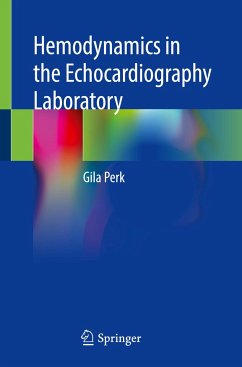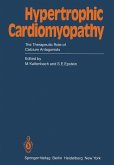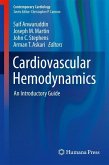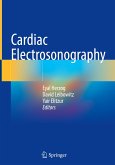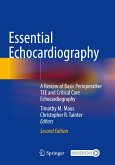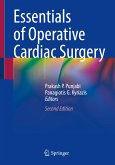The book provides a practically focused review of the latest techniques used for hemodynamic assessment in the echocardiography laboratory. It features a methodical case-based approach covering how to measure hemodynamic parameters successfully, including stroke volume, valve area and regurgitation severity, in a range of scenarios of varying complexity. Step-by-step guidance on how to apply the techniques described are provided. Each chapter also contains didactic features to assist the reader in assimilating the key points in every case, assisting them to develop their knowledge of how to treat patients with both routine and complex hemodynamic issues in the echocardiograply laboratory.
Hemodynamics in the Echocardiography Laboratory therefore represents a concise resource on how to carry out hemodynamic assessments and is a valuable resource for trainees and fellows in cardiology and echocardiography seeking a concise review of the topic.
Hemodynamics in the Echocardiography Laboratory therefore represents a concise resource on how to carry out hemodynamic assessments and is a valuable resource for trainees and fellows in cardiology and echocardiography seeking a concise review of the topic.

